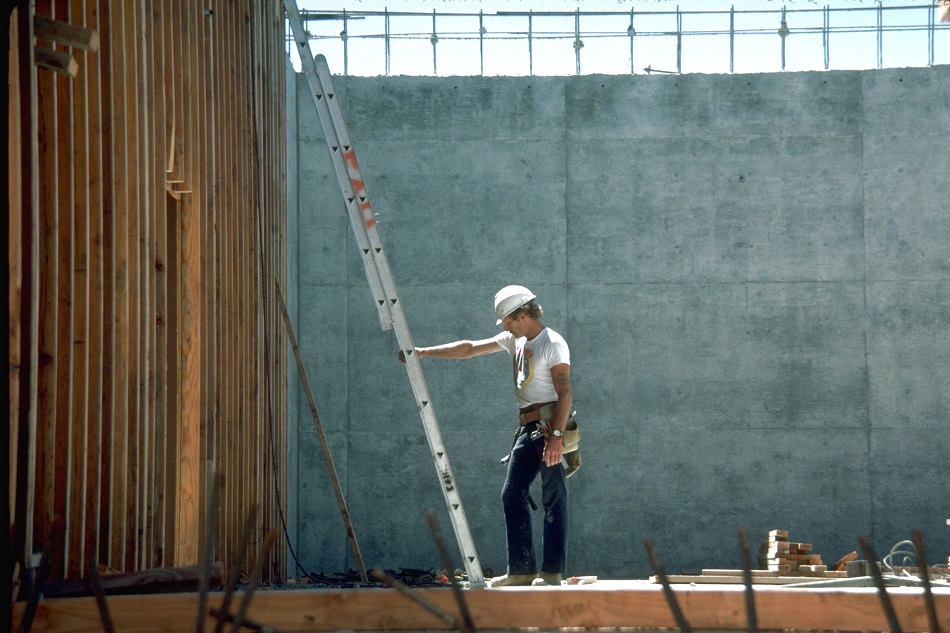Competent person

|
Contents |
[edit] Introduction
Generally, a competent person is one who has the necessary skills and ability to undertake a particular task, eg a competent golfer or salesperson. In construction however, the term also has two more specific meanings.
[edit] Health and safety
The term 'competent person' can refer to a person who has the required skills, experience and knowledge to understand health and safety on site and so is able to recognise the hazards associated with particular tasks. They can then mitigate the effects of those hazards and allow the related tasks to be undertaken safely.
A competent person must not only be trained, skilled and knowledgeable but must also be able to apply these qualities to enable a task to be performed safely. It is important to consider competence in health and safety as an integral and vital component of worksite or workplace safety. It should not be an afterthought.
When conducting risk assessments, employers should be knowledgeable about the competence of their respective employees in order to provide them with the necessary training, instruction and supervision that each individual requires. Whatever measures are decided should be relevant to the workplace. A competent person should be appointed by the employer to ensure that relevant health and safety duties are met.
[edit] Self-certification
In the UK, ‘Competent person self-certification schemes’ (or ‘competent person schemes’) were introduced in 2002 to allow registered installers who are competent in their field to self-certify certain types of building work. For example, this can include air-tightness testing, plumbing and heating installers, electrical installers and cavity wall insulation installers.
The current schemes are listed at gov.uk.
For more information see: Competent person self-certifications schemes.
See also: Competence.
[edit] Related articles on Designing Buildings Wiki
- Building regulations.
- Competence.
- Construction health risks.
- Control of Substances Hazardous to Health (COSHH).
- Environmental health.
- First aider.
- Health and safety at work etc act 1974.
- Health and safety consultant.
- Health and Safety Executive.
- Health and safety for building design and construction.
- Health and safety inspector.
- Health and safety policy.
- Injuries on construction sites.
- Near miss.
- Notification to HSE.
- Safety management.
- Safety.
- What is a hazard?
- Work at height regulations.
- Work at height rescue plan.
[edit] External references
Featured articles and news
RTPI leader to become new CIOB Chief Executive Officer
Dr Victoria Hills MRTPI, FICE to take over after Caroline Gumble’s departure.
Social and affordable housing, a long term plan for delivery
The “Delivering a Decade of Renewal for Social and Affordable Housing” strategy sets out future path.
A change to adoptive architecture
Effects of global weather warming on architectural detailing, material choice and human interaction.
The proposed publicly owned and backed subsidiary of Homes England, to facilitate new homes.
How big is the problem and what can we do to mitigate the effects?
Overheating guidance and tools for building designers
A number of cool guides to help with the heat.
The UK's Modern Industrial Strategy: A 10 year plan
Previous consultation criticism, current key elements and general support with some persisting reservations.
Building Safety Regulator reforms
New roles, new staff and a new fast track service pave the way for a single construction regulator.
Architectural Technologist CPDs and Communications
CIAT CPD… and how you can do it!
Cooling centres and cool spaces
Managing extreme heat in cities by directing the public to places for heat stress relief and water sources.
Winter gardens: A brief history and warm variations
Extending the season with glass in different forms and terms.
Restoring Great Yarmouth's Winter Gardens
Transforming one of the least sustainable constructions imaginable.
Construction Skills Mission Board launch sector drive
Newly formed government and industry collaboration set strategy for recruiting an additional 100,000 construction workers a year.
New Architects Code comes into effect in September 2025
ARB Architects Code of Conduct and Practice available with ongoing consultation regarding guidance.
Welsh Skills Body (Medr) launches ambitious plan
The new skills body brings together funding and regulation of tertiary education and research for the devolved nation.
Paul Gandy FCIOB announced as next CIOB President
Former Tilbury Douglas CEO takes helm.
UK Infrastructure: A 10 Year Strategy. In brief with reactions
With the National Infrastructure and Service Transformation Authority (NISTA).






















